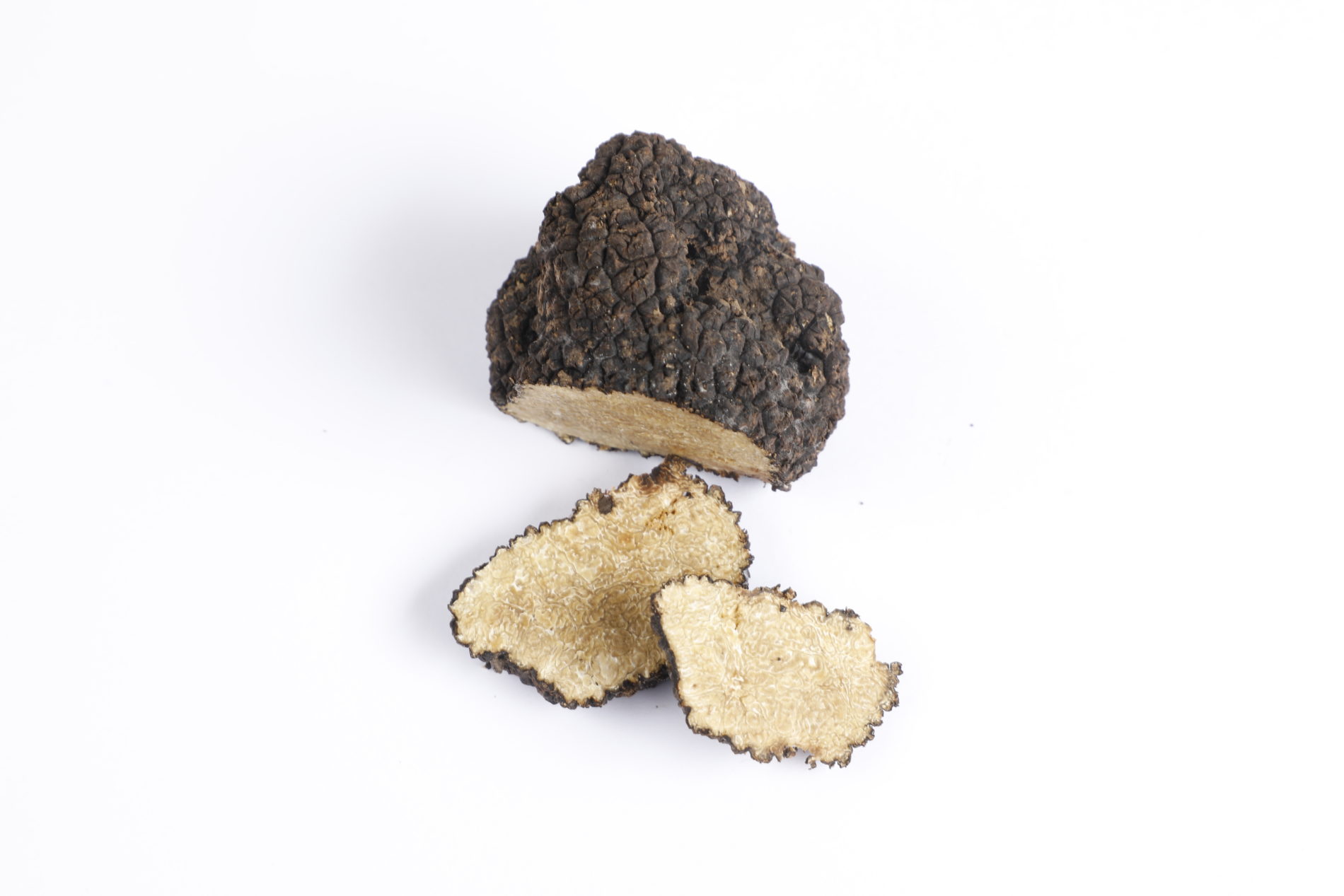Renowned French lawyer and politician, who paved his way as the writer of gastronomic essays, Jean Anthelme Brillat-Savarin called truffle the diamond of the kitchen. And he knew a thing or two about food. His famous work The Physiology of Taste is still cited by modern cooks and writers all over the world. Thanks to people like Brillat-Savarin (and of course dozens of talented chefs), French cuisine started with time associating with haute cuisine. And what is associated more strongly to lavishness and luxury than the fruiting body of a subterranean ascomycete fungus?
Truffles are very flavorful, they can act as a very potent condiment in cooking. This trait is what made them so desired. Another reason is their subterranean manner of growing. It means you cannot see them with your eyes, you need truffle hogs or specially trained truffle dogs to track down, sniff around and dig up the fungus. Traditionally, people used pigs for truffle extraction. The reason why they seek mushrooms is the special chemical compound, both belonging to boar saliva and truffles. And that’s why sows are so attracted to that scent. Once a truffle is found, gatherers have to watch out. Hesitate a little longer, and a pig will happily dig the beloved fungus and eat it. That’s why dogs represent an advantage – they don’t like eating truffles much, they just nose them around.
Difficulties with finding (pickers have always tried to keep the mycelium location in secret) and strong mushroom flavour made truffles what they are today – a delicacy that was at first honoured at the courts, at the dinner tables of aristocracy and nobility in Western and Eastern Europe, in the Middle East and, later, in haute cuisine all over the world. Of course, not all truffles are the same. Among the most famous and sought after are black Périgord from the eponymous region in France and truffle of the White Madonna (trifola d’Alba Madonna) from the Piedmont region in Italy. Very aromatic and very expensive. Maybe less popular but still highly prized are whitish truffle and burgundy truffle. The latter is found practically in all European countries. Less known varieties are smooth black or garlic truffle, common for central Italy, pecan truffle found in pecan orchards of North America. Some truffles are popular due to the fact that they’ve been around a while, centuries sometimes, and chefs became accustomed to using this rare and delicate ingredient. Though it doesn’t mean there cannot be any new species. Mycologists find new members of the big truffle family even today. In 2012 scientists described the new Tuber microspiculatum fungus found in China – it’s generally up to 2.5 cm / 1 in wide and can be light yellow or dark brown, depending on the age.
All truffles are very delicate in terms of flavour. This is the reason why these fungi are not cooked, they are used raw instead: sliced with a special tool called slicer, shaver or cutter over the prepared dish. Omelettes, risotto, polenta, gnocchi, blood sausages, beef cheeks, grilled cheese sandwiches, salads – all food can be elevated to the next level with the truffle delicate hazelnut flavour. You don’t have to be at the Michelin-star restaurant to pamper yourself – some varieties are sold by small single-fungi pieces and are quite affordable. Throw yourself a little luxe party – buy a truffle and shave it on top of your favourite pizza!











What do you think?